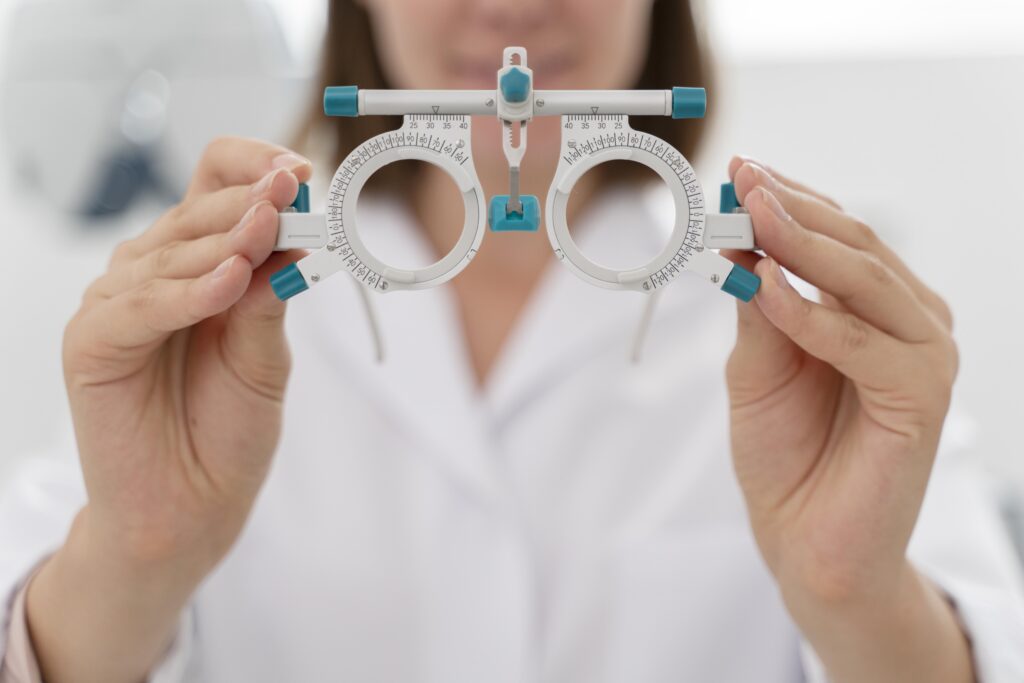Guide to Introducing New Eyewear to Individuals with Disabilities

Introducing new eyewear to someone with disabilities requires a thoughtful and considerate approach to ensure comfort, functionality, and accessibility. This guide aims to provide valuable insights and practical tips for eyewear professionals, caregivers, and individuals themselves when navigating the process of selecting and introducing new eyewear to people with various disabilities.
- Understanding Individual Needs: a. Vision Impairments: Consider the specific visual needs of the individual, whether they have low vision, color blindness, or other visual impairments. b. Motor Skills: Take into account motor skills and dexterity, as some individuals may face challenges in handling traditional eyewear. c. Sensory Sensitivities: Be aware of any sensory sensitivities and preferences related to materials, weight, and overall comfort.
- Collaborate with Healthcare Professionals: a. Consult with optometrists, ophthalmologists, and rehabilitation specialists to understand the unique requirements of the individual. b. Obtain recommendations for eyewear features that cater to specific disabilities, such as magnification, tints, or adaptive technologies.
- Customization and Adaptive Technologies: a. Explore customizable eyewear options to accommodate unique needs. b. Consider adaptive technologies, such as electronic magnifiers or tint-adjustable lenses, to enhance functionality.
- Patient and Compassionate Communication: a. Communicate openly and patiently with the individual, addressing any concerns or preferences they may have. b. Provide clear information about the features and benefits of the chosen eyewear.
- Trial Period and Feedback: a. Offer a trial period to allow the individual to test the eyewear in real-life situations. b. Encourage open communication during the trial period to address any adjustments or concerns.
- Accessibility Considerations: a. Ensure that the eyewear is easy to put on and remove, considering any physical limitations. b. Opt for adjustable frames and nose pads for a customized fit.
- Training and Support: a. Provide training on how to clean, maintain, and store the eyewear. b. Offer ongoing support and follow-ups to address any evolving needs.
- Inclusive and Diverse Product Range: a. Advocate for a diverse range of eyewear options that cater to different disabilities. b. Promote inclusivity in marketing materials to represent a wide spectrum of users.
Conclusion: Introducing new eyewear to individuals with disabilities requires a holistic and personalized approach. By understanding their unique needs, collaborating with healthcare professionals, and offering a range of customizable options, eyewear professionals can contribute to enhancing the quality of life for individuals with disabilities. With patience, compassion, and ongoing support, the journey to finding the perfect eyewear can be a positive and empowering experience.
